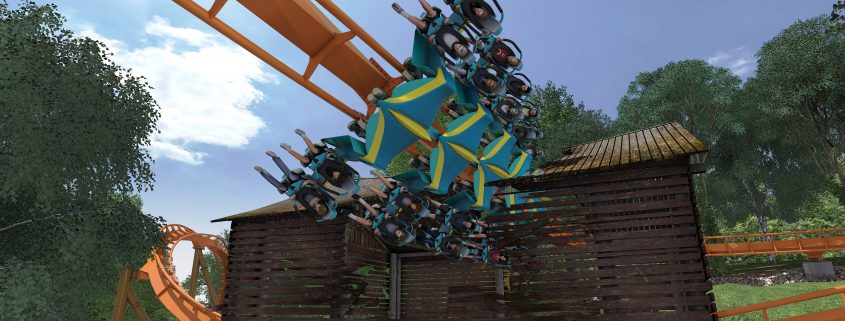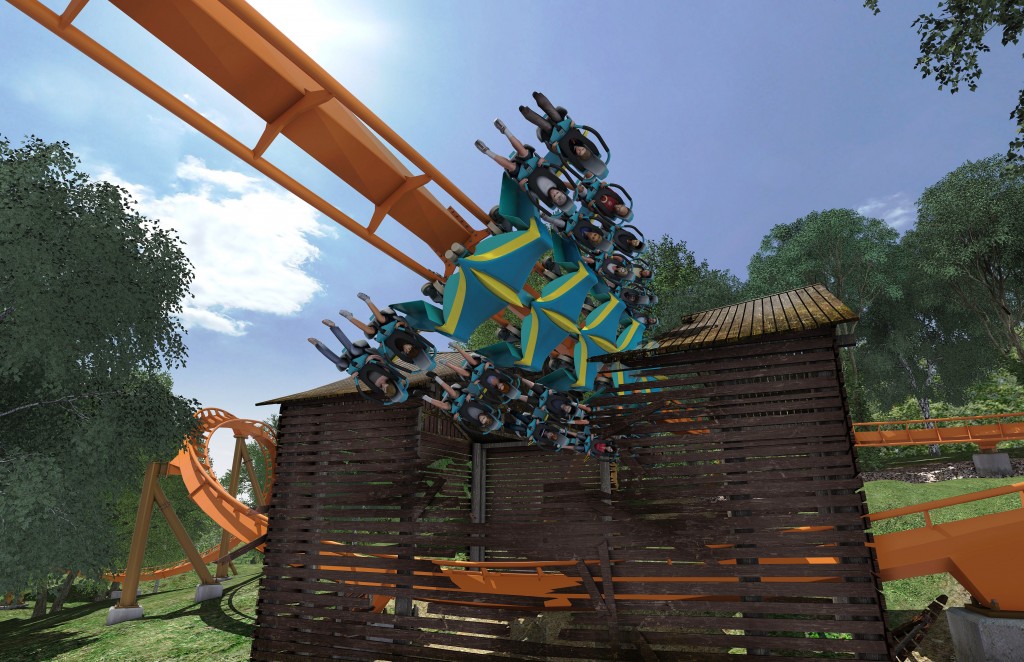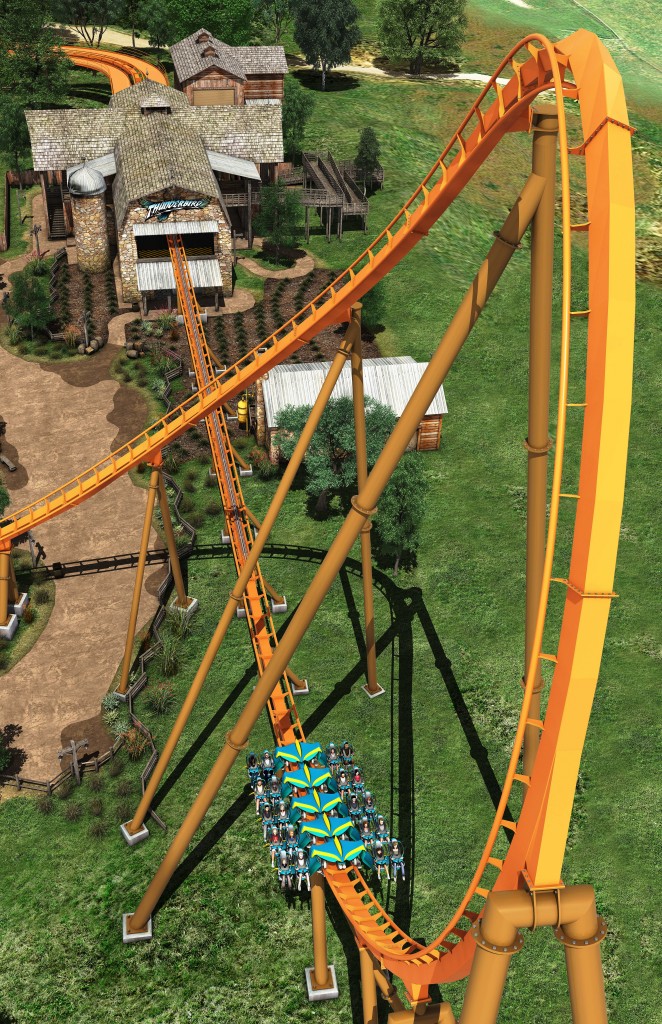What is a Flywheel Launched Coaster?
Remember when the simple pull of a ripcord sent your favorite toy car flying? Well, the concept for a flywheel launched coaster is very similar.
A flywheel is a heavy revolving wheel used to generate power & stability. It is spun at high speeds to store rotational energy. Once enough electricity is stored, the energy is released through a series of motors, catapults or other mechanisms, propelling the coaster train forward. Flywheel launched coasters have a significant moment of inertia that contributes to the thrilling “launch” experience of a ride.
Most roller coasters gain their momentum from the familiar clacking of a chain lift and a gut-wrenching plunge. Flywheel coasters are even more intense! The flywheel’s stored energy is unleashed in a fraction of a second to initiate the ride (think, mother of all Hot Wheels track). This sudden burst of energy is what makes flywheel coasters some of the fastest and most thrilling rides in the world.
Types of flywheel coasters:
- Electromagnetic – Linear Induction Motor (LIM) and Linear Synchronous Motor (LSM). Electricity is transferred to the motor to control train speed. “Superman” roller coaster at Six Flags Magic Mountain is an LSM powered launch.
- Fluid Pressure – Hydraulic (fluid-pressure launched coaster) and Pneumatic (air-compressed launched coaster). Formula Rossa at Ferrari World in Abu Dhabi, United Arab Emirates is currently the world’s fastest roller coaster thanks to its hydraulic motor, achieving an amazing speed of 149 mph in 4.9 seconds!
- Catapult – A large engine or dropped weight pulls the train to its full speed. Anton Schwarzkopf’s Montezooma’s Revenge at Knott’s Berry Farm is an example of a catapult coaster.
- Flywheel – A large flywheel is spun at high speeds and is attached to a cable that propels the train forward. Zamperla’s MOTO COASTER at Darien Lake is a flywheel and clutch launch system.
- Electric Motor and Spring Tension – Electric motor and tensioned springs propel the train forward.This type of launch system was popular in the 70’s and 80’s, but the spring system had power limitations and has since been replaced by launch systems able to generate the power required by today’s coasters.
- Friction Wheels – Is a launch track that consists of a series of horizontal tires that spin in opposite directions. They pinch the metal fins on the underside of the train, much like a baseball pitching machine. The Incredible Hulk coaster at Universal’s Islands of Adventure in Orlando, FL is a perfect example of a friction wheel launch coaster.
We are excited to be working on a flywheel coaster project for Holiday World & Splashin’ Safari in Santa Claus, Indiana. The new attraction is called “Thunderbird” and represents the largest expansion in the park’s 68 year history. Thunderbird is the 19th roller coaster project in Bleck & Bleck’s 58 year history.
The Bolliger & Mabillard (B&M) designed coaster is the first of its kind: the LSM-powered flywheel-launched wing coaster, and B&M’s first LSM coaster, will reach the top speed of XX mph in just X seconds! Peckham Guyton Albers & Viets, Inc. (PGAV) provided the conceptual design and Bleck & Bleck Architects is the Architect of Record.
Thunderbird is unique in that the thrill is deceptive, there is no steep hill to climb and the propulsion system is invisible as riders move from the loading station to the launch. But make no mistake, we promise it’s a takeoff experience guaranteed to give you an extreme rush! Thunderbird is scheduled to open in 2015.
For more information about flywheel launch systems check out: http://www.coaster101.com/2013/10/08/coasters-101-launch-systems/





